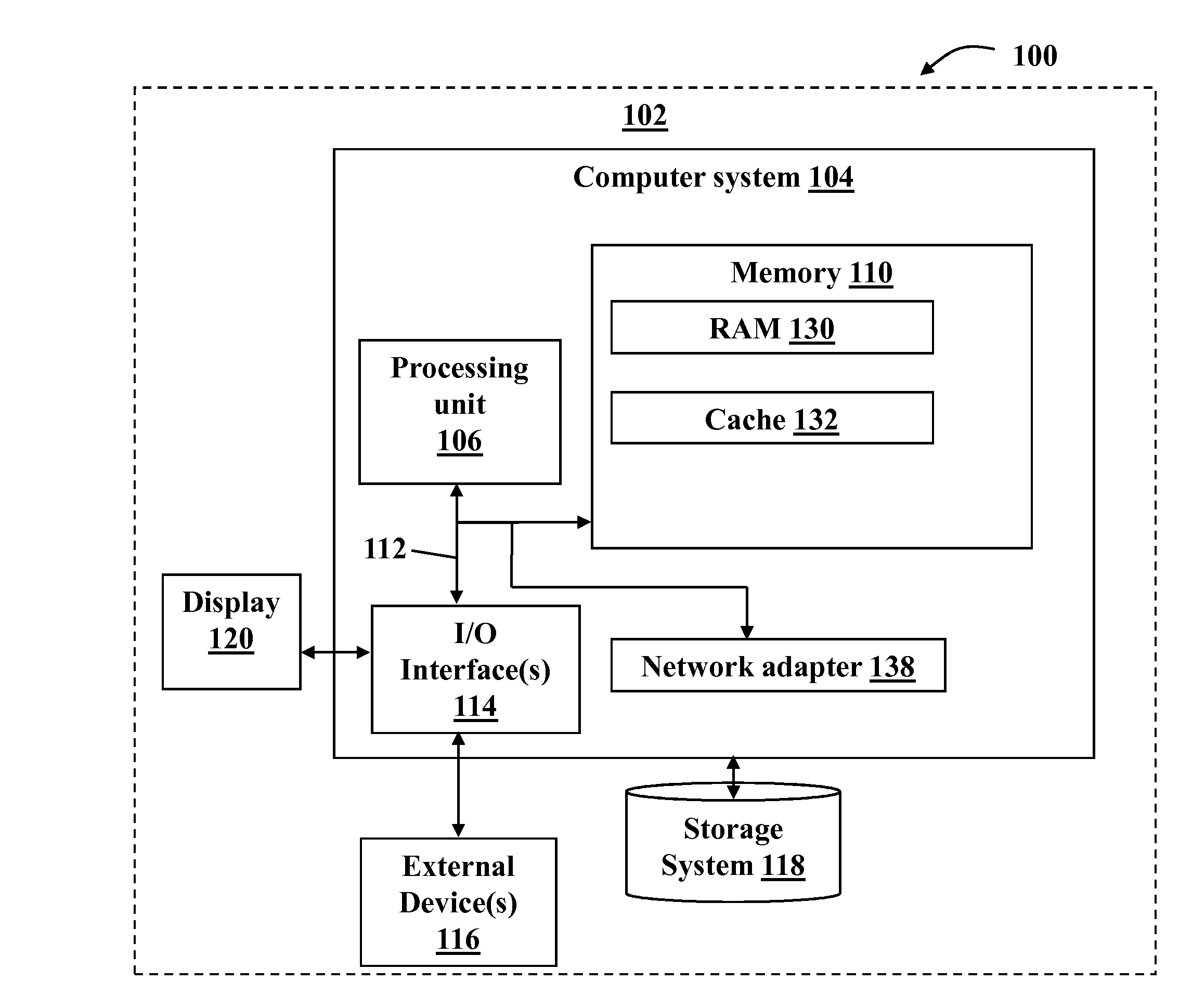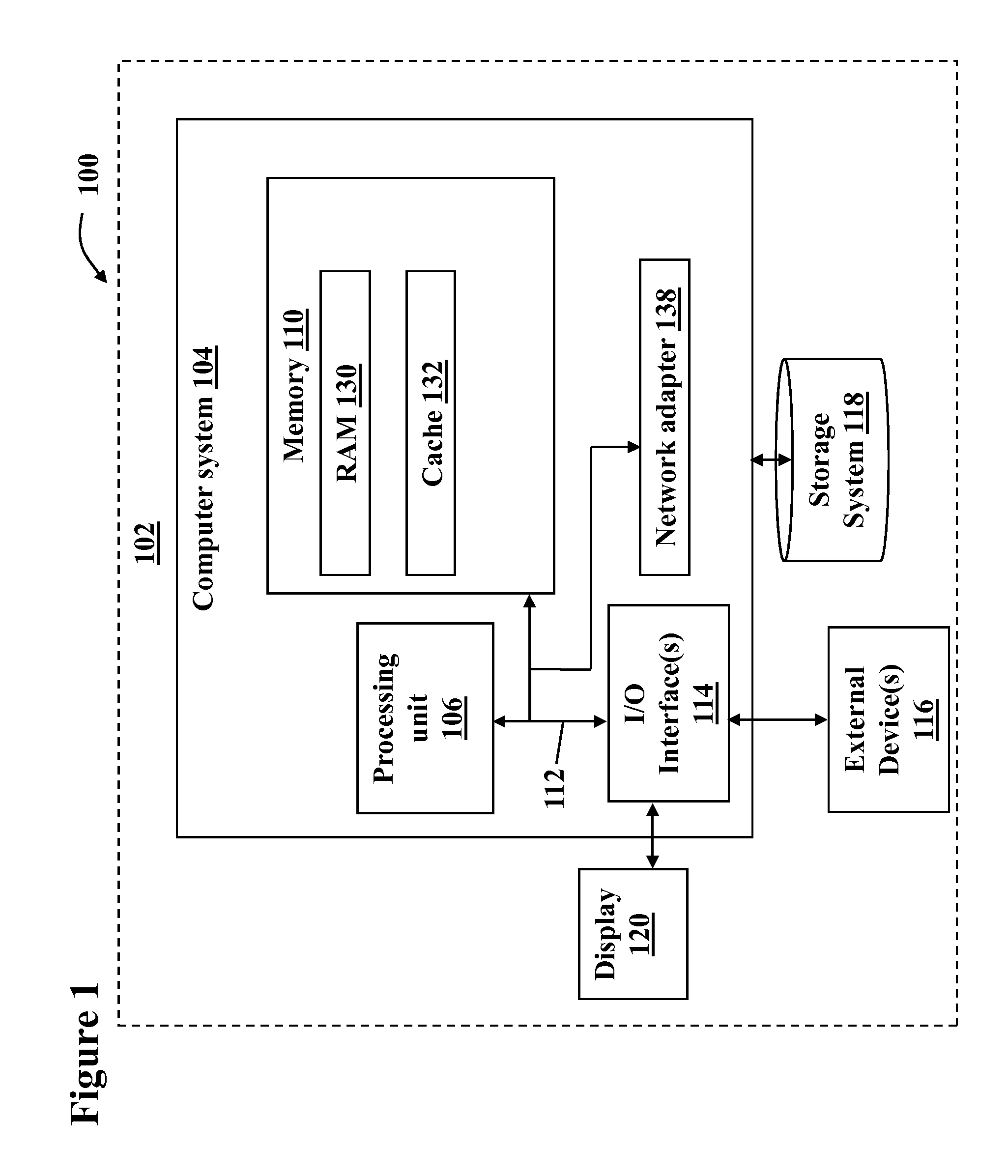Model-driven data archival system having automated components
a data archival and component technology, applied in the field of data archival methods or systems using model-driven and automated components, can solve problems such as large creation, upfront cost, and products also having obvious limitations, and achieve the effect of reducing production costs, reducing production costs, and reducing production costs
- Summary
- Abstract
- Description
- Claims
- Application Information
AI Technical Summary
Problems solved by technology
Method used
Image
Examples
Embodiment Construction
[0026]The present invention comprises a system and method for archiving data. The system and method of the present invention consider data archiving on an enterprise business objects level, not on database records, tables and files level. Data archiving is business-oriented and difference enterprise applications have different data archive rules. It is very important to have a flexible, generic end-to-end data archive solution that is business-oriented, independent from individual applications, databases and systems.
[0027]Some of the advantages of using the system and method of the present invention are the following. It allows for automating an end-to-end data archive process. End users do not need to write code as the data archive is developed by a model-driven process. It enables, by going from specification to transformation, a more accurate capture and transition from requirements to codes, reduces the maintenance, and speeds up development time. It offers a standard based appr...
PUM
 Login to view more
Login to view more Abstract
Description
Claims
Application Information
 Login to view more
Login to view more - R&D Engineer
- R&D Manager
- IP Professional
- Industry Leading Data Capabilities
- Powerful AI technology
- Patent DNA Extraction
Browse by: Latest US Patents, China's latest patents, Technical Efficacy Thesaurus, Application Domain, Technology Topic.
© 2024 PatSnap. All rights reserved.Legal|Privacy policy|Modern Slavery Act Transparency Statement|Sitemap



